 |
| December 09, 2020 |
Dear Reader,
How does your body produce your voice? And can you tell the difference between a machine voice and a human one? Watch our video to find out. Next, experts have warned that a "new normal" is settling over the Arctic. Temperatures in the region are currently rising at least twice as fast as the global average. Also, humanity has reached a new milestone in its dominance of the planet: human-made objects may now outweigh all of the living beings on Earth. Today's lead story has the details. |
| | Sunya Bhutta, Senior Editor, Audience Engagement
@sunyaaa | |
 |
| |
| |
| |
| |
| |
| |
| |
| |
FROM THE STORE
 | | Ask the Experts: Physics and Math Scientific American's "Ask the Experts" column has been answering reader questions for nearly two decades. Now, we've combed through our archives and compiled some of the most interesting entries into a series of eBooks organized by subject. In the first of the series – Physics and Math – professors and researchers tackle a wide range of natural phenomena and mathematical concepts from what is antimatter to applications of game theory to what we know about tachyons. |  | | |
| |
| |
LATEST ISSUES
 |
| |
| Questions? Comments?  | |
| Download the Scientific American App |
| |
| |



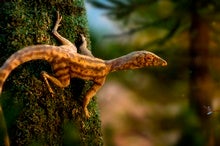
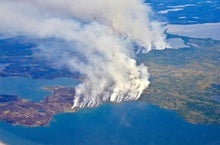
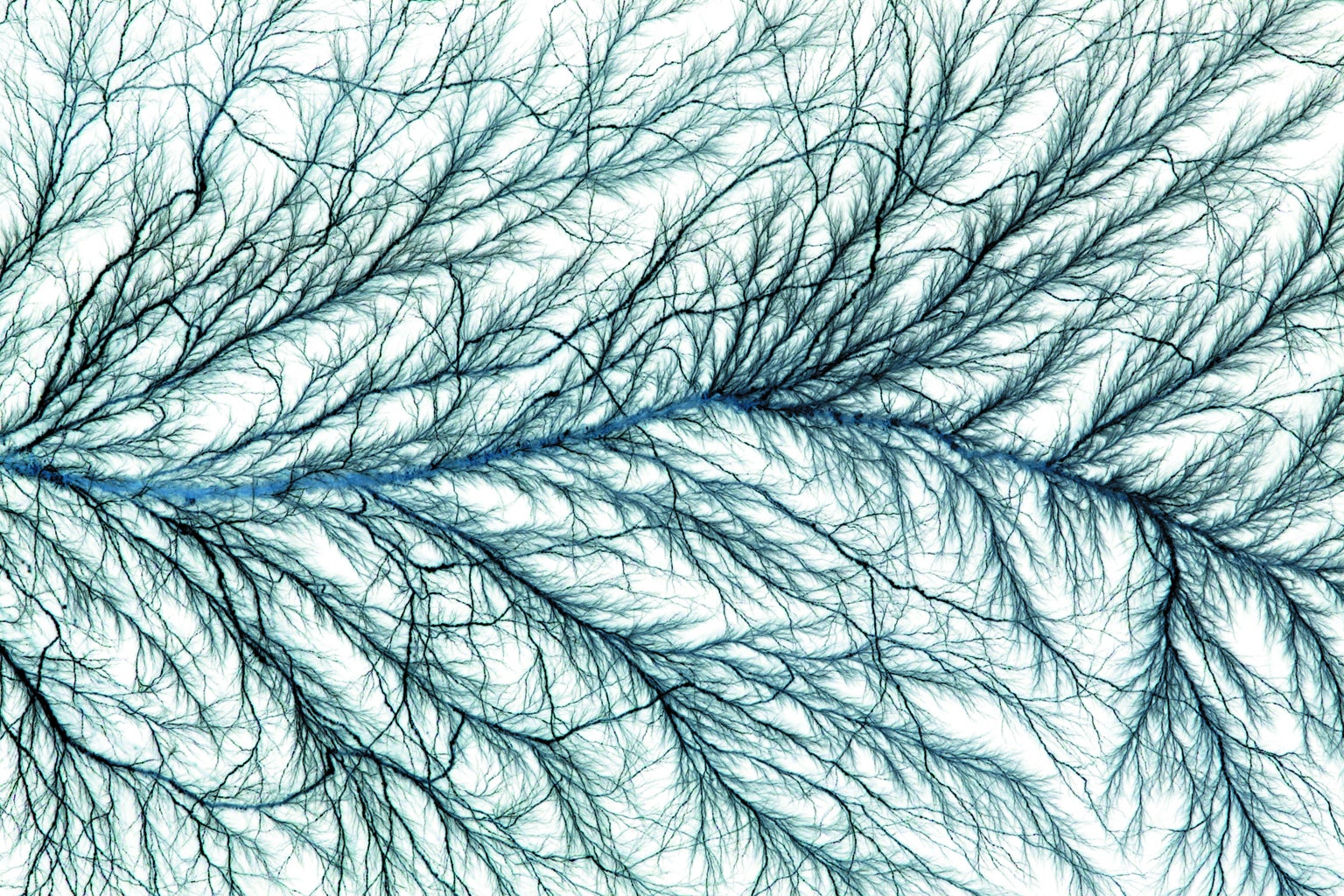


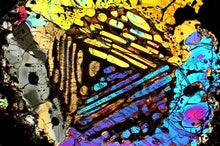
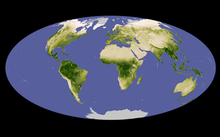
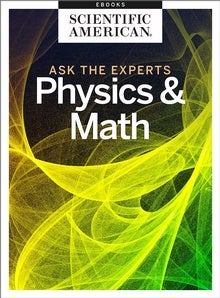



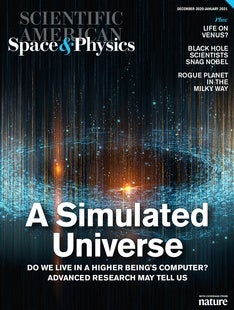

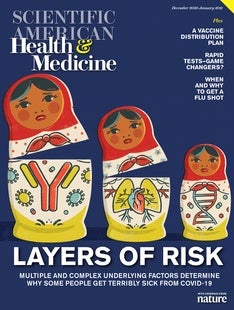
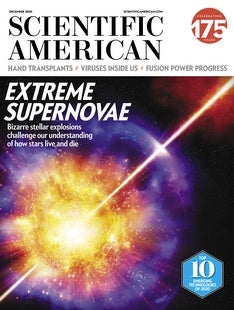
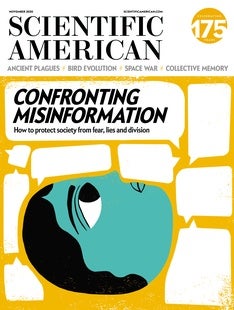



Comments
Post a Comment